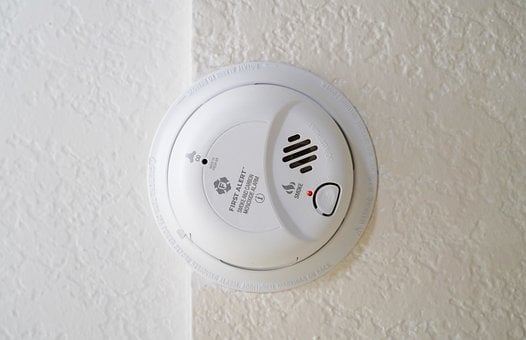How to Educate Your Family on Smoke Alarm Safety and Emergency Procedures
Smoke alarms are a critical part of maintaining safety in the home. They are essential devices that help detect the early signs of fire, allowing families sufficient time to evacuate and call emergency services. Educating your family not only about the functionality of smoke alarms but also about emergency procedures can significantly enhance their safety during unfortunate incidents such as a fire. Here’s a comprehensive guide on effectively teaching your family about smoke alarm safety and what emergency steps to follow when the need arises.
Contents [hide]
Understanding the Importance of Smoke Alarms
The Role of Smoke Alarms in Home Safety
Smoke alarms are designed to detect smoke, often before you can, and alert you immediately, thus providing crucial reaction time that can save lives and property. Explaining the function and importance of these devices to your family ensures everyone understands why they need to be maintained and taken seriously.
Regulatory Compliance and Standard Practices
In the UK, regulations require that all new homes must have smoke alarms installed on each storey and in every room where a fire might start. Discussing legal obligations can underline the importance of compliance with these laws for safety and insurance purposes.
Types of Smoke Alarms
Familiarise your family with the different types of smoke alarms, such as ionization, optical (photoelectric), and combined alarms. Each has specific benefits and is suited for detecting different types of fires. This knowledge is instrumental in understanding why certain alarms are installed in various parts of the house.
Installation Places and Maintenance Tips
Strategic Placement of Alarms
Explain the importance of installing smoke alarms in key areas such as the kitchen, bedrooms, and hallways. This is vital to ensure that the coverage is comprehensive and effective in alerting everyone wherever they might be in the home.
Routine Checks and Maintenance
Teach your family how to test the alarms monthly and ensure they recognize the sounds of the alarms. Also, review the manufacturer’s instructions to check the battery lifespan, generally replacing them once a year, unless it’s a ten-year sealed battery, and the unit itself every ten years.
Addressing False Alarms
Cooking can often trigger smoke alarms. Educate your family on how to handle these situations, such as opening a window or using the extractor fan, rather than disabling the alarm.
Crafting an Effective Fire Escape Plan
Drawing a Floor Plan
Involve the whole family in creating a detailed escape plan. Draw a floor plan and mark two exits from every room. Discuss and demonstrate escape routes and ensure everyone, including children, understands them clearly.
Assigning Roles and Responsibilities
Assign responsibilities, such as who will help children or family members who need assistance. Decide on a safe external meeting point where everyone will gather after evacuating.
Practicing the Escape Plan
Practice makes perfect. Conduct regular fire drills to ensure everyone knows exactly what to do. This also helps keep everyone calm in a real emergency, as they’re familiar with the routine.
Advanced Precautions and Measures
Use of Fire-Resistant Materials
Discuss the benefits of using fire-resistant materials in furnishings and decorations and consider implementing them in home renovations to enhance safety.
Installing Additional Safety Features
Consider fitting fire doors, especially in kitchens, or integrating fire extinguishers and blankets that are easily accessible in case of fire.
Emergency Communication
Make sure everyone knows the emergency number (999 in the UK), and teach children how to call for help. Discuss what information to give the operator, like the address and nature of the emergency.
Enhancing Awareness Through Education and Resources
Engaging with Local Fire Services
Many local fire services offer educational programs and free home safety checks. Participate in these programs as a family to reinforce learning and engagement.
Online Resources and Training
Utilize online resources that offer videos, quizzes, and interactive games focused on fire safety. These can be both educational and engaging for children.
Keeping Information Accessible
Post emergency numbers and the home’s address by each phone and save them on all mobile phones. Place a printed copy of the escape plan on each floor.
Conclusion
Teaching your family about smoke alarm safety and emergency procedures is not just about adhering to regulations; it’s about ingraining safety habits that could one day save lives. By understanding the importance, maintaining the systems, and regularly practicing emergency procedures, you empower your family with the knowledge and skills they need to protect themselves effectively against fires. Remember, preparation today can prevent a catastrophe tomorrow.




